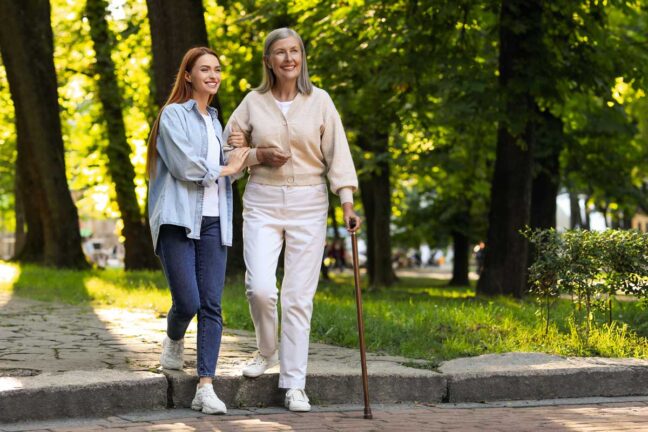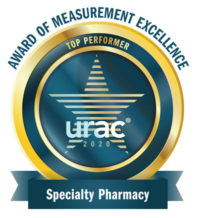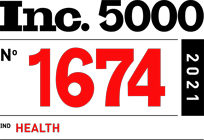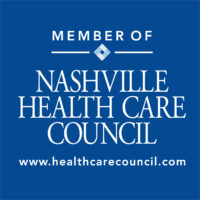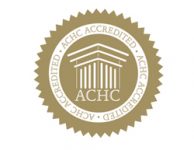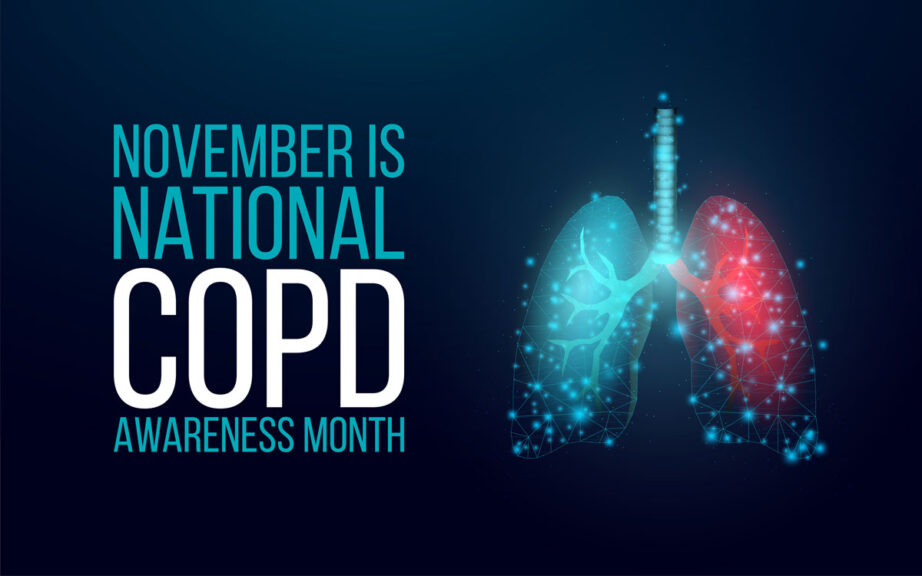
Thanks to TV commercials, we’ve all heard the acronym COPD. But what is it?
November is COPD Awareness Month, so at TwelveStone we’d like to offer education and news about new treatments for this chronic disease.
What is COPD?
Chronic obstructive pulmonary disease (COPD) refers to long-term lung conditions, including emphysema, chronic bronchitis, and chronic asthma, that make breathing difficult and worsen over time.
In emphysema, there is damage to the air sacs in the lungs. Air becomes trapped inside, making it hard to breathe in.
In chronic bronchitis, the lining of the airways is irritated and produces a lot of mucus.
In chronic asthma, the walls of the small airways become tight, making it hard for air to get in and out. While asthma and COPD both involve blockage of the airways, they are different. Medicines can widen the airways for most people with asthma and help breathing return to normal, but chronic asthma is a type of asthma where medicines don’t work as well to help breathing go back to normal, which is considered part of COPD.
There is also a condition called ‘asthma-COPD overlap,’ which is where someone has symptoms of both asthma and COPD. It usually causes worse symptoms than either condition alone and needs different treatment.
What Are the Symptoms of COPD?
Because COPD is a progressive disease, its symptoms often develop slowly but worsen over time, limiting the ability to do routine activities. Severe COPD may prevent you from doing basic activities such as walking, cooking, or caring for yourself. If you are in the earliest stages of COPD, you may not have any symptoms.
When symptoms appear, they may include feeling breathless, having a persistent cough, producing a lot of phlegm (mucus), tiredness, or chest infections that occur more often and take longer to get better.
Symptoms come on gradually. At first, you might think you are just unfit or getting older. As time passes, symptoms worsen and interfere more with your daily activities. But at times, symptoms may get worse suddenly, which is known as an ‘exacerbation’ (or attack) of COPD. Exacerbations are often triggered by respiratory infections (like a cold or flu).
Who Has COPD?
In the United States, COPD affects nearly 16 million adults, and many more do not know they have it. More than half of those diagnosed are women. COPD is a significant cause of disability, and it is the sixth leading cause of death in the United States, according to the Centers for Disease Control and Prevention (CDC).
COPD is also a significant cause of morbidity and mortality worldwide, with approximately 70% to 80% of adults with COPD being undiagnosed. Patients with undiagnosed COPD are at increased risk of poor outcomes and a worsened quality of life, making early detection a crucial strategy to mitigate the impact of COPD and reduce the burden on healthcare systems.
What Causes COPD?
The most common cause of COPD is smoking. One in every 4 or 5 people who smoke will develop COPD. You are still at risk if you have smoked in the past.
Other causes include:
- Passive smoking/secondhand smoke — especially if your parents smoked when you were young
- Exposure to pollution, fumes, and dust
- Childhood lung problems
- Asthma
- A rare genetic condition called alpha-1 antitrypsin deficiency. AAT is a protein made in your liver to help protect the lungs. If your body does not make enough AAT, your lungs are more easily damaged from smoking, pollution, or environmental dust.
And vaping can lead to COPD. People who vaped every day were 2.64 times more likely to develop COPD. The same study found that people who both smoke and vape regularly put their lungs at the most significant risk. Their odds of developing COPD run as high as six times that of someone who has never smoked or vaped.
If You Suspect You Have COPD
It’s a good idea to see your doctor to check your lungs if you are over 35 years old and you have ever smoked, have been exposed to secondhand smoke, or have been exposed to fumes and dust at work.
Does COPD Have a Cure?
Unfortunately, no. COPD has no cure, but there are lifestyle changes that can make breathing easier, the most obvious is to stop smoking and exposure to smoke, dust, or pollution. A healthy diet and exercise can help as well. There are also bronchodilators, or a combination of bronchodilators and steroid medications, that open up airways and relax muscles to make breathing easier.
GLASSIA: Good News for Those with COPD caused by AAT Deficiency
GLASSIA® treats Alpha-1 antitrypsin (AAT) deficiency by increasing the levels of the AAT protein in the blood and lungs. The AAT protein protects the lung tissue by blocking specific enzyme-caused damage, which can lead to severe lung disease, such as emphysema.
Alpha-1 antitrypsin augmentation is a chronic maintenance therapy. So, GLASSIA is typically given once every week by infusion to increase levels of Alpha-1 antitrypsin in blood and lungs.
Studies have found that GLASSIA was well tolerated with a safety profile comparable to PROLASTIN, making it another treatment for AAT deficiency.
TwelveStone: Your GLASSIA Infusion Partner
GLASSIA’s flexibility of administration lets you decide where you want to infuse. Talk to your healthcare provider about which administration option works best for you: visiting a TwelveStone outpatient infusion center or receiving your weekly GLASSIA infusion in your home, administered by our licensed registered clinicians. Whichever you choose, your GLASSIA infusion will be administered quickly and professionally, allowing you to enjoy life with easier breathing.
Now that you know more about COPD during this November awareness month, schedule an exam with your healthcare provider and take steps to prevent or treat COPD.




